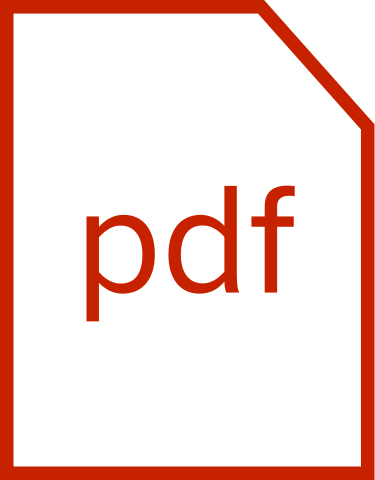SciPiVision's Market Study Finds Strong Growth For Powder Injection Molding
New York, NY (PRWEB) August 22, 2013 -- Powder injection molding (PIM), a net-shape manufacturing technology for complex metal and ceramic components, recently took some large leaps forward. According to the PIM 2013 Market Study compiled by Prof. Randall M. German and Prof. Sundar V. Atre, PIM technology accounted for about $1.45 billion in sales during 2012. The major growth sectors for PIM included healthcare, transportation and electronics. Examples of PIM applications range from minimally invasive surgical tools and mobile phone components to automotive sensor housings and luxury watches. Nearly 500 production firms support this activity around the world. It is an impressive performance, rising from modest sales of $6 million in 1986 when there were about 30 active operations.
The 160-page report emerges from data collected for nearly 800 organizations associated with the PIM industry and includes metal injection molding (MIM), ceramic injection molding (CIM), cemented carbide injection molding (CCIM) and composites. With 15 years of history in assembling data on the PIM companies, their products, sales, powder consumption, employment, materials, key customers, and vendors, considerable historical and statistical trend analyses arise beyond the situational report.
The data for the PIM 2013 Market Study was derived from company self-reports, on-line surveys, trade associations, conference reports, magazine articles, subscription business compilations, facility visits, investor reports, interviews, news releases, and other reports.
The statistical surveys show an early identification of the unit-manufacturing cell for PIM. Early facilities were typically small, with 10 to 20 people, batch mixing, 2 to 3 molding machines, and 2 to 3 batch sintering furnaces. As growth occurred, the number of manufacturing cells grew, but the production ratios remained similar. Today, a typical facility has multiples of the same early production ratios. The estimated unit-manufacturing cell is:
• $2.5 million in sales
• 20 employees per cell
• 1 mixer per cell
• 5 molders per cell
• 2 furnaces per cell
• 10 million parts per year per cell.
In the accompanying figure, PIM sales in 2012 by applications sector are contrasted between North America and China. Regional differences make firearm and medical-dental dominant in North America; electronic-computer-cell phone components most significant in Asia. In Europe, consumer-automotive applications were found to predominate.
This report provides an intense focus on PIM and is intended to provide facts for assessment of operations, productivity, financial performance, and relative evaluation for merger-acquisition activity. This report serves by identifying current actors, customers, vendors and suppliers, market trends, materials, and industry concerns. Embedded in the report are details on market segmentation by geography, and emerging concerns.
The PIM 2013 Market Study is organized to show where the technologies came from, the relative market position in terms of production facilities, customers, and materials around the world, and forecasts for the future. Once current statistics are accumulated, prime interest emerges on comparative statistics. To help in the corporate and regional benchmarking, data are included on geographic differences, showing differences in sales, materials, applications, productivity, and financial performance. Specific attention is given to growth opportunities and new markets.
Sundar V. Atre, Ph.D., SciPiVision, http://www.scipivision.com, +1 347-450-6266, [email protected]

Share this article